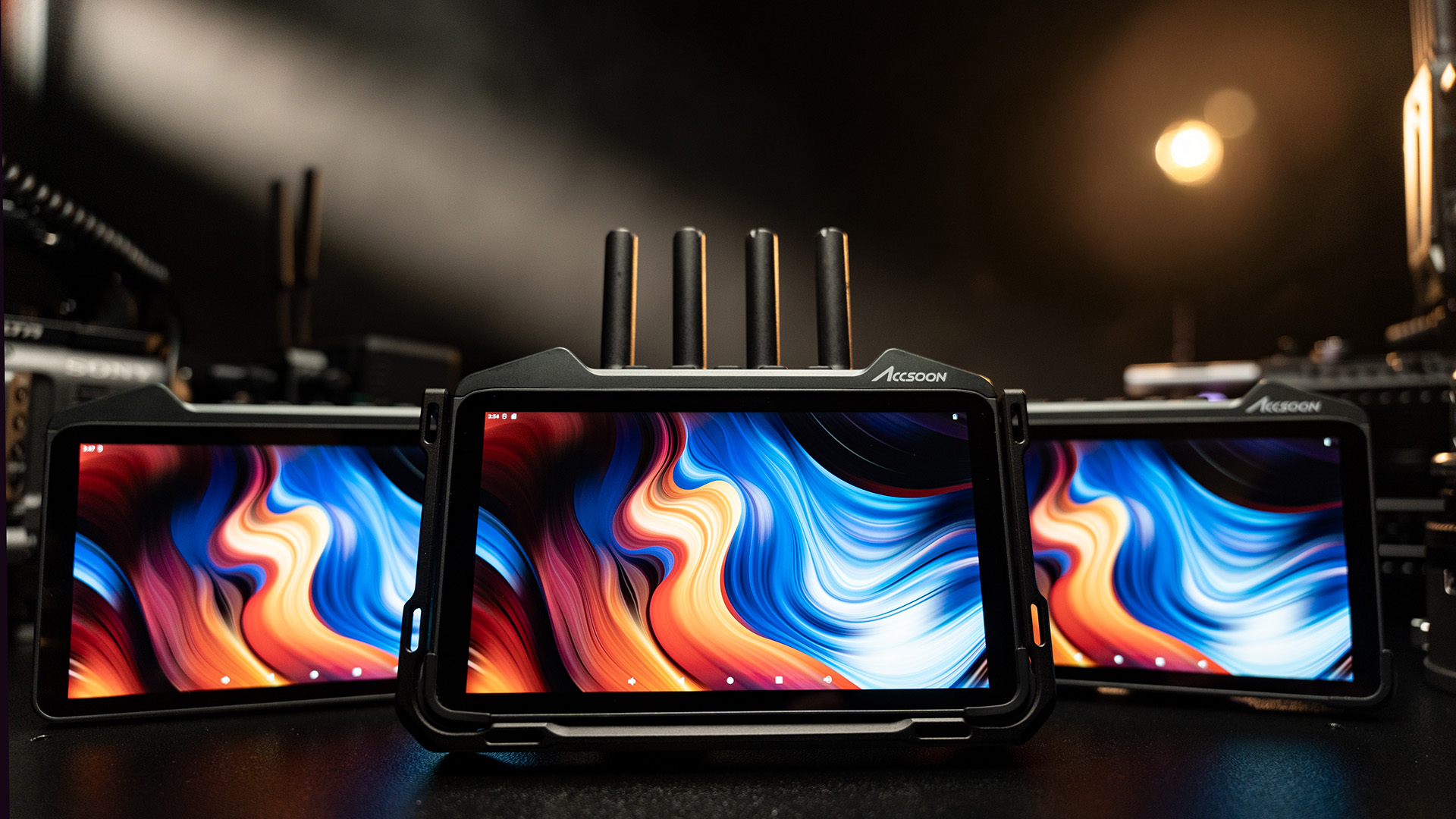Accsoon has officially launched the CineView M7 Pro and CineView M7 — two 7-inch professional monitors designed to combine robust monitoring, wireless transmission, accurate color, and intuitive usability in a future-proof package.
First seen by CineD during NAB 2025 (see embedded hands-on interview video further down below), these monitors impressed with their development-stage features – and now the official release confirms and expands on that early hands-on preview. As reported in our initial coverage, Accsoon is aiming squarely at professionals seeking an all-in-one solution that balances performance, usability, and price.
Built with wireless monitoring in mind – specs of CineView M7 Pro & standard M7
The flagship CineView M7 Pro includes built-in wireless transmission and receiving, utilizing Accsoon’s patented Dual-Band Transmission for ultra-low latency monitoring up to 1200 feet (350 meters). Shortly after launch, a firmware update will add transmit functionality as well, enabling M7 Pro units to send video to other CineView receivers, another M7 Pro, or mobile devices running the free Accsoon SEE app.
The standard CineView M7 shares the same internal architecture and display panel but lacks the wireless TX/RX components.
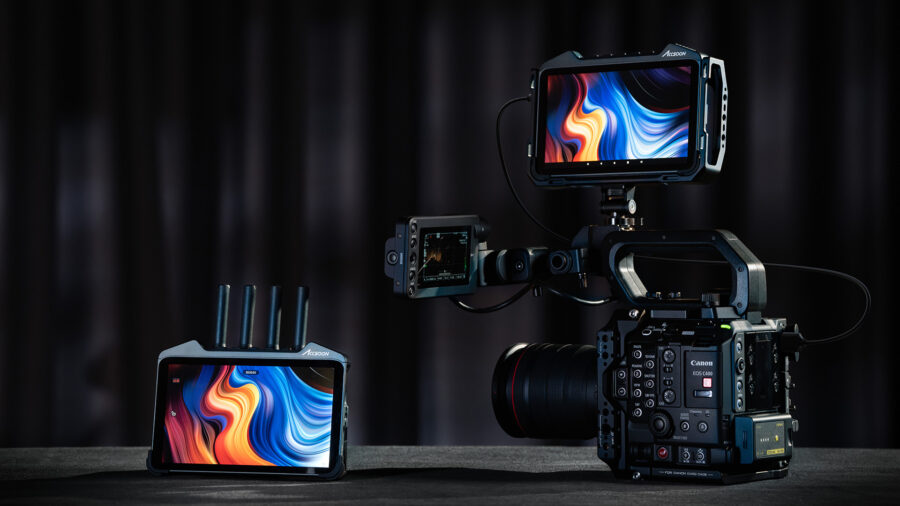
Color precision and display quality
At the heart of both models is a 7-inch, 1920×1080 fully laminated touchscreen with 1000 nits peak brightness. Each monitor is factory-calibrated to near-perfect Rec.709 D65 (ΔE < 2), offering outstanding color accuracy for critical exposure and color decisions on set. The screen is protected by Corning Gorilla Glass Victus and housed in an all-aluminum body for enhanced durability and heat dissipation.
Both monitors come equipped with customizable tools such as False Color, Histogram, Zebras, Waveform, and Vectorscope. Accsoon emphasizes the responsiveness of the interface, with fast processing enabling immediate access to tools and touch gestures.
In my opinion, Accsoon has always done a great job with their monitor UX design, which we already know from the Accsoon SEE app (even these here are their first actual hardware monitors). They have lots of features that are sometimes missing from other entry-level monitors. Adding actual hardware monitors to their lineup is therefore the next logical step – and as confirmed in our interview, they run on Android, which of course makes it easier for the manufacturer to adapt their existing app onto an existing OS.
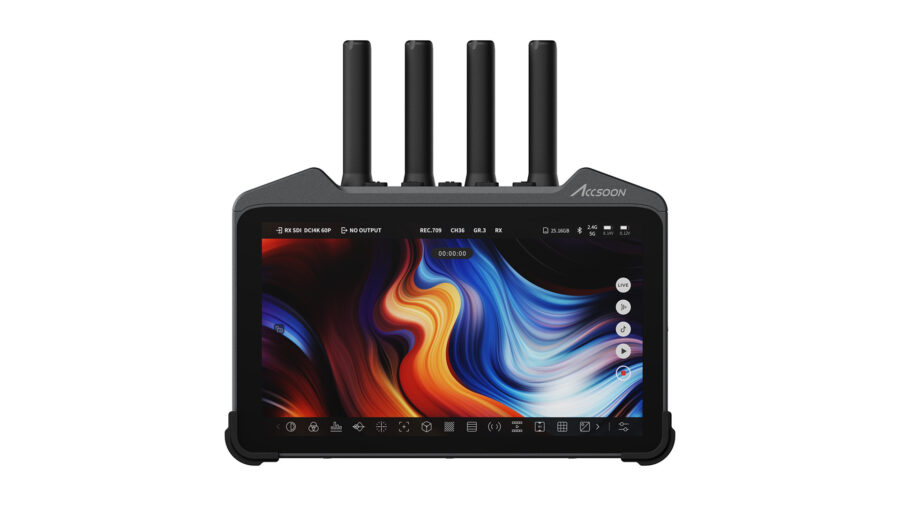
Advanced LUT workflows and LUT box functionality
The CineView M7 series features one of the most comprehensive LUT workflows in its class:
- Calibration LUTs: Support for screen calibration, gamma adjustments, white balance, and RGB fine-tuning.
- Creative LUTs: Users can import both 1D and 3D LUTs (up to 4096-point precision) via SD card, USB, or SSD for real-time monitoring.
- LUT Box functionality: LUTs can be applied to live HDMI, SDI, and Wi-Fi outputs or even burned into recorded footage, streamlining review and post workflows.
Camera control for Sony mirrorless, soon more
Initially launching with touchscreen camera control for select Sony mirrorless models, users will be able to adjust aperture, ISO, shutter speed, white balance, and trigger recording directly from the monitor. Accsoon plans to add support for more camera brands through future updates.
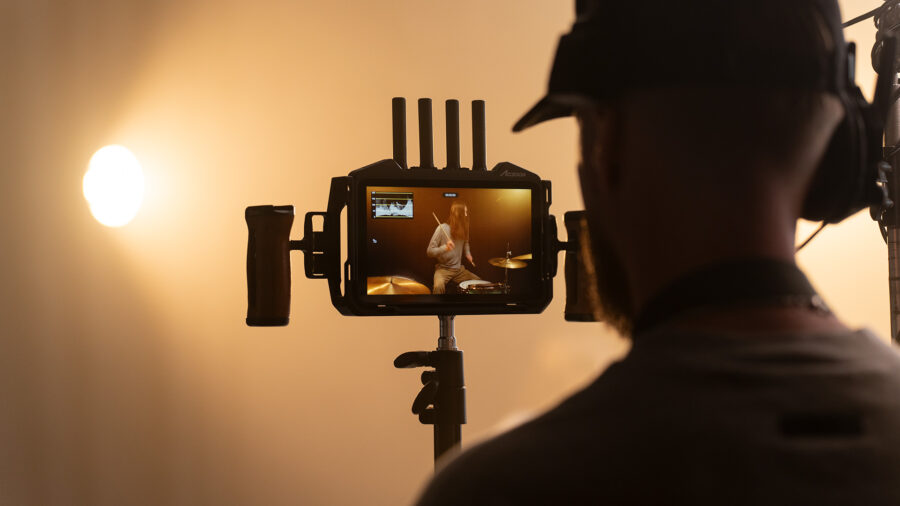
Video conversion and I/O flexibility
The monitors support HDMI input up to 4K60p and SDI up to 1080p60. Both HDMI and SDI outputs are active simultaneously and allow up/down/cross conversion between formats and frame rates.
Cloud integration and standalone recording
Thanks to integrated Wi-Fi, users can upload recorded files to the cloud or stream live via RTMP/SRT without a computer. Video can be recorded in 4K H.264 or H.265 directly to SD cards, USB drives, or SSDs. A camera-triggered recording option will also be supported on select models, and LUTs can be applied to recorded Log footage for quick turnaround.
It’s fair to add that these monitors are not supposed to replace internal camera recording, unlike solutions from Atomos. There is no high-quality ProRes recording built into these monitors, or RAW. However, for quick turnaround footage, the internal recording in 4K H.264 and H.265 to SD cards or SSDs is definitely a great addition as an extra option, or just as a backup.
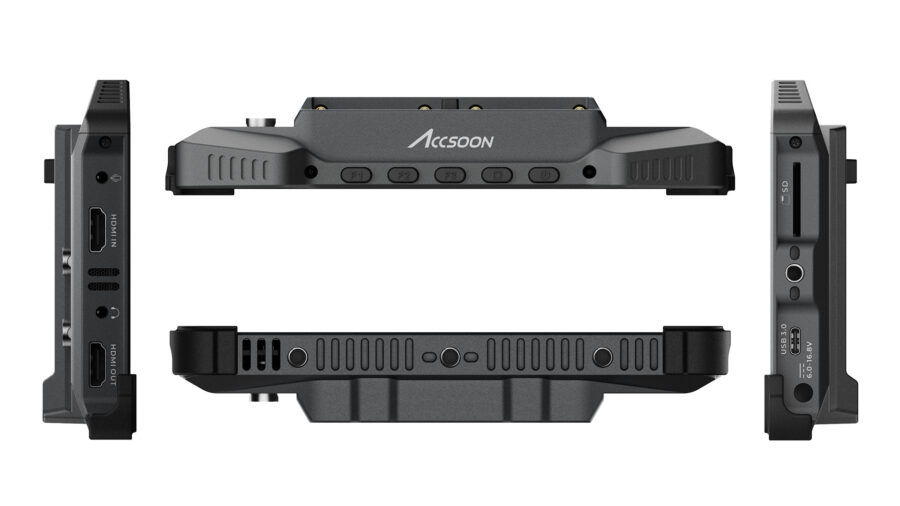
Key specs of Accsoon CineView M7 and M7 Pro
- Display: 7” fully laminated 1080p touchscreen, 1000 nits
- Color: Rec.709 D65 calibration (ΔE < 2)
- Wireless: Dual-Band TX/RX (M7 Pro only), up to 1200ft
- Recording: 4K60 in H.264/H.265 to SD/USB/SSD
- I/O: HDMI in/out (up to 4K60), SDI in/out (up to 1080p60), simultaneous dual output
- Audio: 3.5mm mic and headphone jacks, Bluetooth earbud monitoring
- Power: Dual NP-F slots, USB PD, and DC input
- Storage & Control: SD slot, USB-C 3.0, optional touchscreen camera control
Accessories, pricing and availability
Accsoon also offers an optional custom-fit cage with multiple 1/4”-20 mounting points and a detachable sunhood for better visibility in bright conditions.
The CineView M7 Pro retails at $899, while the CineView M7 is priced at $799 – see at B&H and CVP below. Both are shipping this month. The cage and sunhood bundle is available separately for $99.
Based on what we saw at NAB 2025, the final shipping versions largely deliver on the early promise made in that interview. With features like Rec.709 color accuracy, robust wireless TX/RX, flexible I/O, and internal recording, these monitors offer an impressive combination of power and portability.
Have you been waiting for a monitor that truly integrates wireless, color precision, and recording capabilities? Let us know in the comments.
